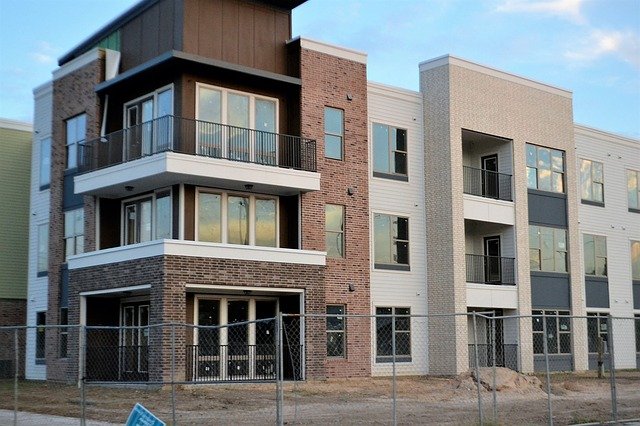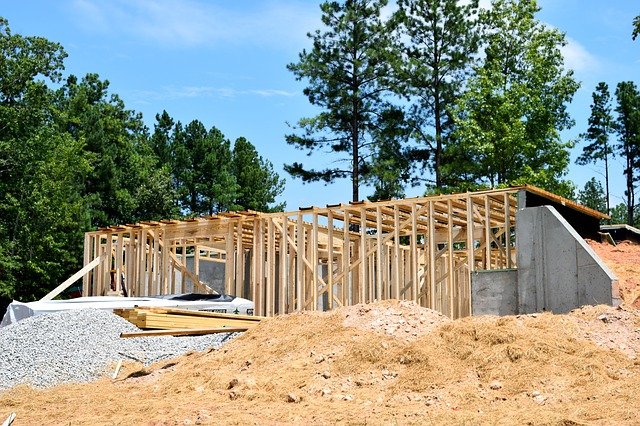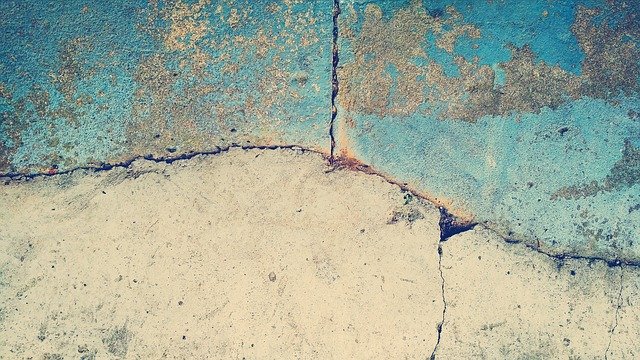A foundation problem is the most feared problem of property owners everywhere. However, even though landlords are justified in their fear of a rental property developing foundation issues, most of that fear is based on wrongs assumptions about what a foundation problem really is.
Property owners hold many inaccurate beliefs about foundation problems such as what it is, how it is created, and what can be done about it. Some of these incorrect assumptions include:
- Once a home develops foundation problems, it completely loses its value
- Foundations problems happen suddenly and they are completely unpredictable
- There is not much that property owners can do to prevent foundation problems
- Foundation damage cannot ever be solved completely
- All foundation problems cost a lot of money to repair
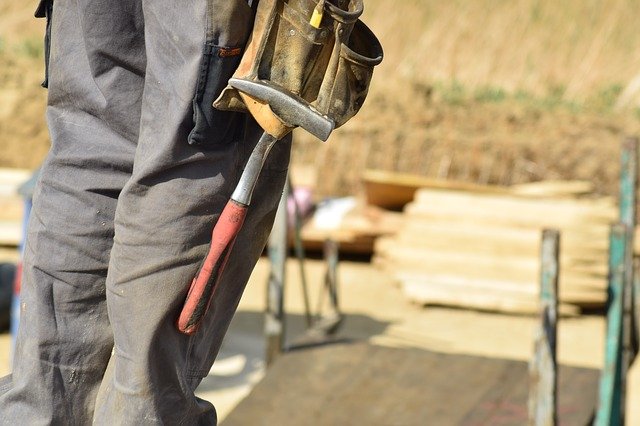
But like every issue that happens with a building, foundation damage is also partly within the control of landlords. And just as owners can minimize their exposure to water damage by educating themselves and doing proper maintenance, the same is possible with foundation problems.
When landlords understand the processes that lead to foundation damage, they give themselves power. They assume more control over the future of their assets and the outcome of their rental business. They are freed from the debilitating fear that their assets may suddenly be ruined by foundation problems.
So, what are the common causes of foundation failure? What are the signs that landlords should look out for to detect foundation damage? And, most importantly how can they prevent the foundation of their rental property from becoming compromised? This article will answer these questions.
Common causes of foundation failure
The home’s foundation is the base that supports the rest of the building. But this base itself rests on another surface, the soil. The foundation depends on the stability of the soil to maintain its shape and strength. All foundation problems happen because of changes in the physical conditions of the soil beneath a foundation.
Events that may alter the nature of the soil underneath a home include:
- Improper site preparation: If the soil beneath a building was not allowed to settle properly before the home was built on it, it predisposes the building to foundation failure.
- The nature of the soil in an area: Some soils are more likely to cause foundation damage than others. Expansive clay soil is one example of this type of soil.
- Different rates of settling: Every home settles into the soil after it is built. But if the rate at which it settles is not uniform, it may result in foundation failure.
- Flooding at the base of the home: Any event – natural or manmade – which lets water pool at the base of the home exposes the building to a greater risk of foundation failure.
- Tree root intrusion and rodent activities: Tree roots may pierce the foundation or grow under it, causing it to crack or move. Rodents can make holes in the ground around the home or in the foundation itself, weakening the structure and exposing it to water infiltration.
Signs of a failing foundation
When a home’s foundation starts to fail, these are some of the things that begin to happen:
- Cracks in the foundations, walls, and floors: These may be vertical or horizontal cracks. And they can appear in several areas of the home.
- Disjointed mortar joints: Bricks, joints, chimneys, and other structural elements will start falling out of level and alignment when the foundation moves.
- Windows and doors that stick: Doors and windows may become misaligned with their frames or the floor, leading to difficulty in closing or opening them.
- Gaps behind kitchen cabinets: Cabinets in the kitchen may detach as walls and floors move in different directions.
- Sloping floors: As one part of the foundation moves and the other remains stable, floors may dip, sag, or show clear unevenness.
Preventing foundation damage
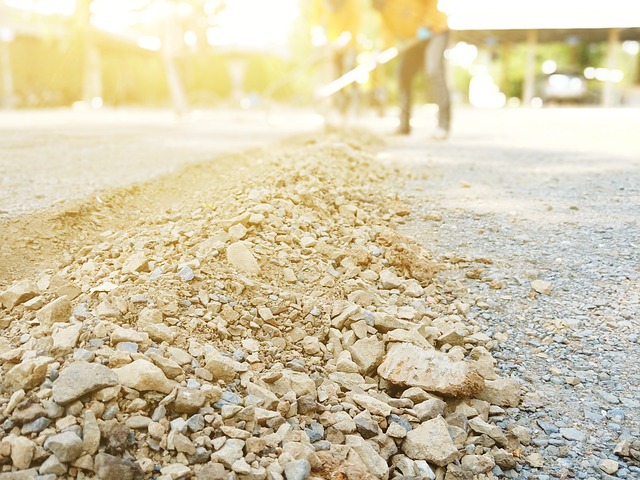
The best way to deal with foundation problems is before they happen. Landlords, whose rentals are in areas with high rates of foundation failure should follow these recommendations even more carefully:
- Ensure proper drainage: Too much or too little water will damage the foundation. Drenching the base of a home with water will cause foundation damage. Letting the soil dry out will also make the foundation brittle. Events that create these two conditions should be avoided.
- Keep the soil properly graded: The soil at the base of the home should be graded to allow water to flow away from the home versus toward the building.
- Keep gutters and downspouts in good condition: Ensure they don’t discharge their water onto the walls and foundations of the home.
- Position sprinklers properly: Sprinklers should be positioned to provide enough moisture for the foundation during summer but not enough to soak it.
- Watch the placement of flowerbeds: Positioning flowerbeds too close to the home can alter the relative moisture content of the soil around the foundation.
- Keep plant roots away from the foundation: Trees with invasive roots should not be allowed to grow near the home. Shrubs should never exceed three feet in height around the home. This is because plant roots extract water from the soil and will dry out the foundation.
- Avoid plumbing leaks in the basement: Whatever increases the relative humidity of crawlspaces and basements will endanger the foundation.









